I was delighted to be asked to write a column for Black History Month. Not because I could add my words to the celebrations of black culture and history in Scotland, but, rather, so I could guide Scotland.
I don’t have a map, but I do have a destination – an antiracist society. To arrive here, we all must navigate the first step of our journey: awareness.
That was why I wrote my memoir, Brown Girl in the Ring – to share my life’s experiences through my only lens: racism. Everything I’ve learned and experienced throughout life has always been through this filter. Our society’s foundations are built on unconscious racial bias and racism.
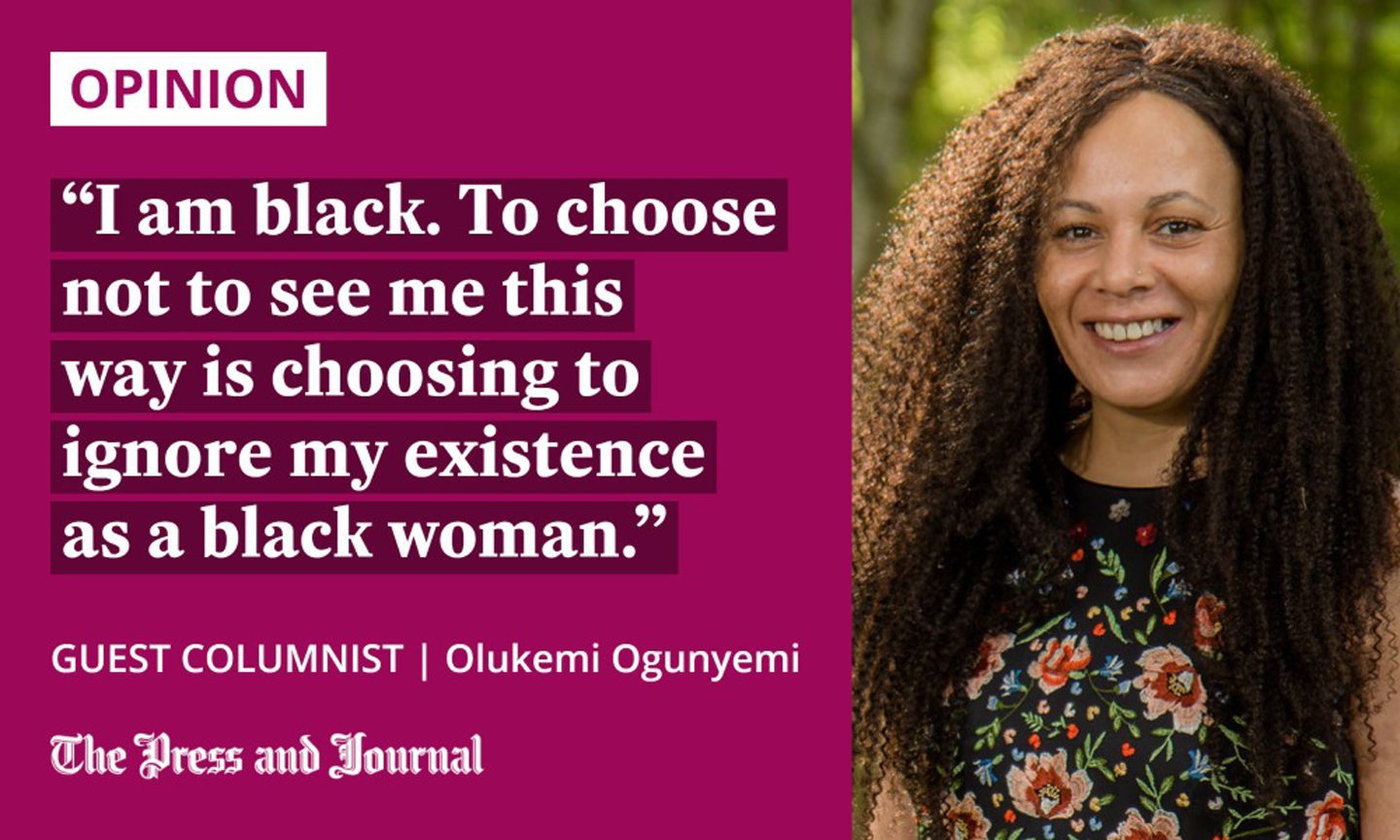
If our society was a piece of tapestry, racism would be our main core pattern. It affects every one of us, black and white. It’s woven so deeply, most don’t even realise it’s there.
Society is tailored to white people; it has always been about their history and role models, so I always felt excluded and never represented. I felt Scotland wasn’t speaking to me: I wasn’t Scottish.
So, by sharing my experiences, I hoped to bring more awareness to the decisions we all make, and their effects. Once we are aware, we have the choice to change society.
Even well-intentioned ‘colour blindness’ is harmful
Had I not learned how to adapt in my life, I would still be lost, not understanding who I am. And, if I struggled to fully appreciate racism and all its subtleties, how could I expect a white person to fully grasp it?
Until very recently, I was unaware of what white privilege meant. Until a couple of years ago, I didn’t even know that there was such a thing as unconscious racial bias. My entire life’s experience had been embedded with these two things – I was completely unaware.
That’s why it’s so important for me to keep speaking – so we all can understand the damage unawareness inflicts. People of colour need to share what this does to them. We all still suffer.
My personal experience is in Scotland, but this is a problem with society at large. We have an abundance of laws prohibiting racism which – on paper, at least – appear to be very fair. But, within that abundance, there is a lack of understanding. Some of the individuals who uphold and enforce these laws are, at the very least, unconsciously racially biased, at worst, racist or, at best, politely “colour blind”.
Even if the sentiment is sincere, there is an underlying ignorance
Most people who choose to be “colour blind” believe it’s a good thing. It is a conscious approach, not necessarily taken with negative intentions; when a white person acknowledges you as an equal, saying: “I don’t think of you as black”, or: “I see us all the same”.
Whilst this sounds positive, it isn’t. Even if the sentiment is sincere, there is an underlying ignorance.
We need each other’s voices
I am black. To choose not to see me this way is choosing to ignore my existence as a black woman. That takes away my experiences as a woman of colour in a racially biased society. Furthermore, choosing not to see my race insinuates that the acknowledgement of it would bring issues.
This “blindness” prevents people who don’t experience racism from seeing it. They witness it without seeing it.
But, if they cannot see it, how can change can occur? With awareness. Then, and only then, when we all know what we are looking at as a society, can we begin to change attitudes on racism.
It may feel very uncomfortable at times, but I believe we can overcome it. We need each other’s voices. We need people of colour to share their experiences with white people, just as we need white people’s voices to speak up for us – with us.
I want a society where we celebrate each other every day
Since writing Brown Girl in the Ring, I’ve gained an insight into just how unaware the white community are regarding the full experiences of being a person of colour living in Scotland. But, more importantly, I’ve also learned that many white people do care very much.
Those who are aware are open to assisting in achieving change to help us all live in an antiracist society.
Here’s a billboard I designed intended for #blackoutdoorart #BlackHistoryMonth.
This art seeks to challenge the myth of #Windrush & Caribbean migration as some kind of ‘invasion’.
For we did not simply arrive in Britain – Britain came to us first. #BHM #OOH #design #Britain pic.twitter.com/2y8IInJpSZ
— Greg Bunbury (@GregBunbury) October 17, 2022
So, while I accept that, for now, Black History Month serves as a vehicle to raise awareness, there is a part of me that looks forward to a time when white and black people come together in a blended society; a society where we celebrate each other every day, because that’s what we choose to do. Not because we have a dedicated month advertising us to be seen, a month that reminds us all that we still live in an unconsciously and consciously racist world.
Let’s all sit at the table of awareness, together.
Olukemi Ogunyemi is a Scottish author who lives in the north. She recently won Best Book and Best Author at the Proudly Black and Scottish Awards 2022
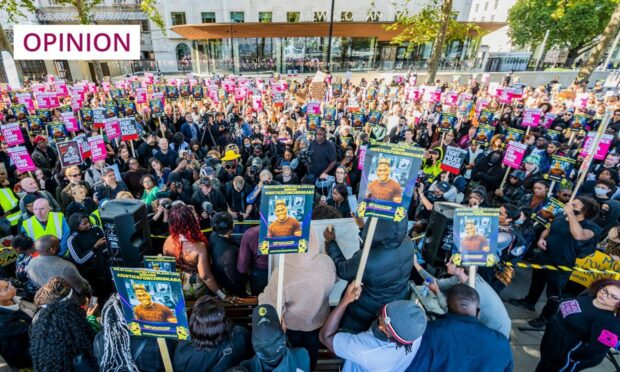
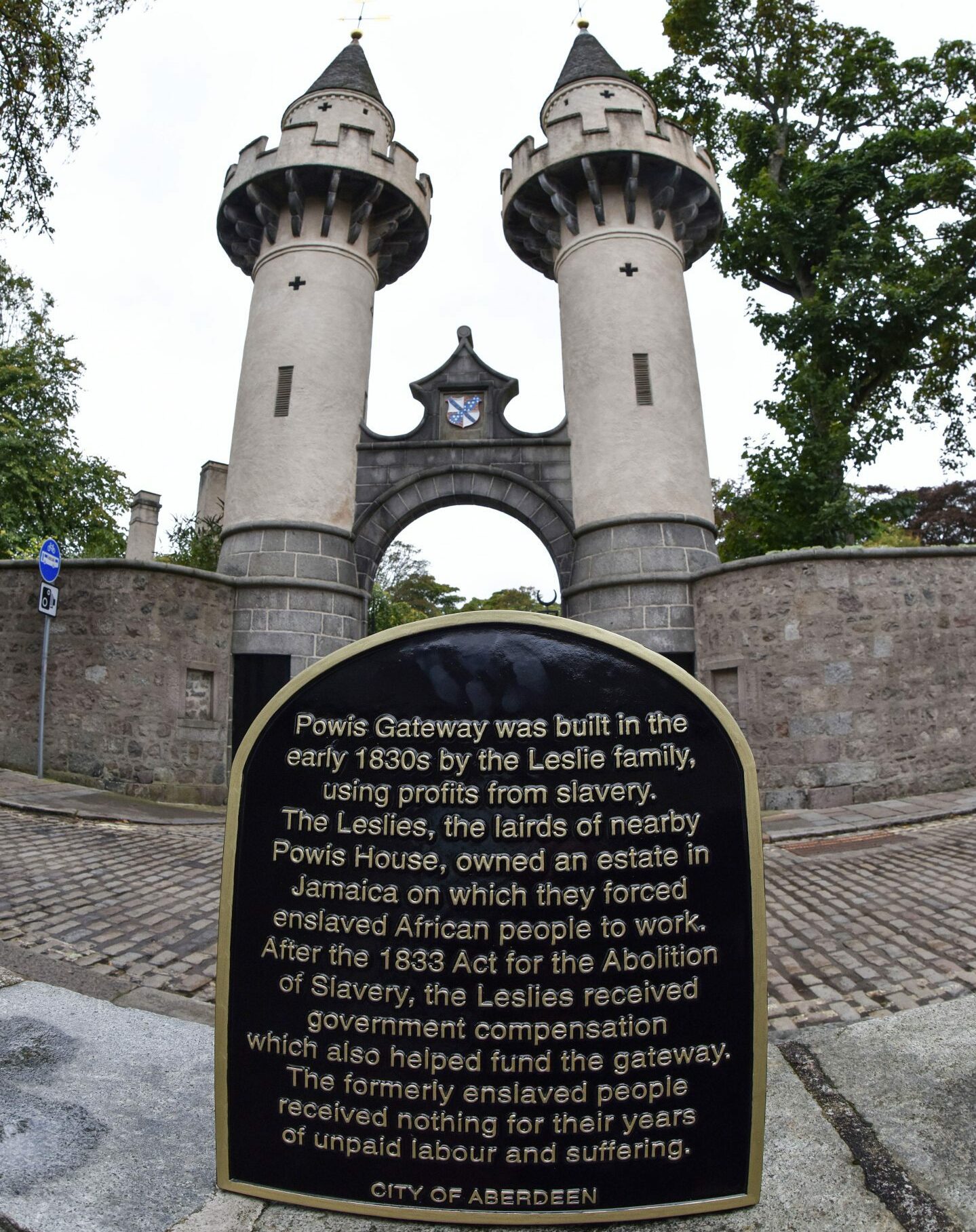

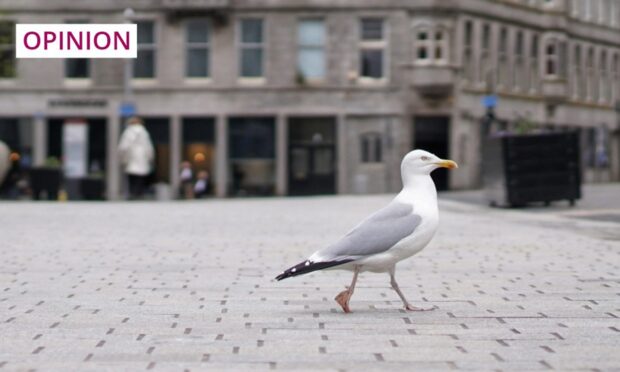
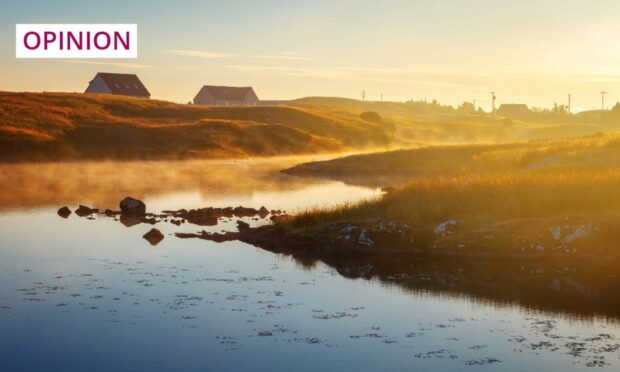
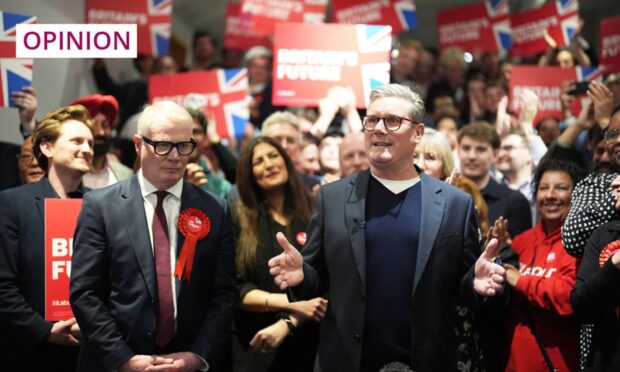
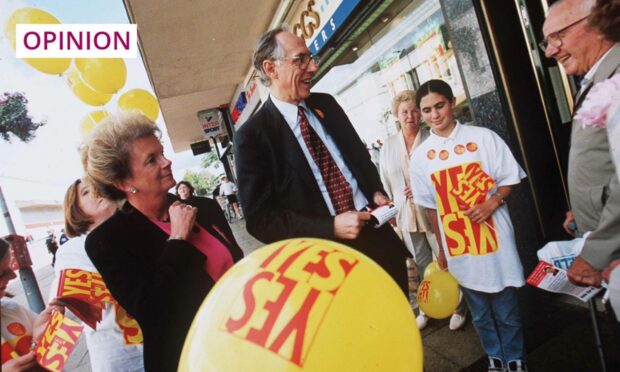

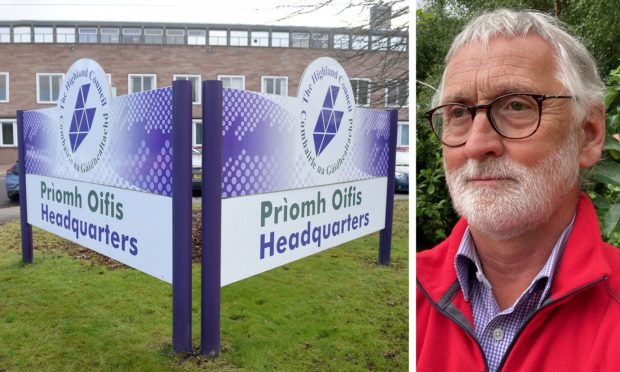
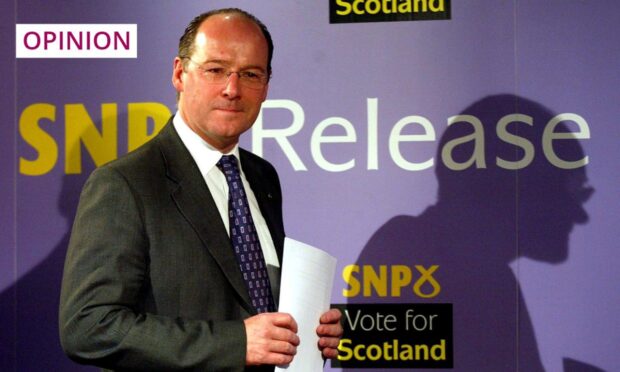
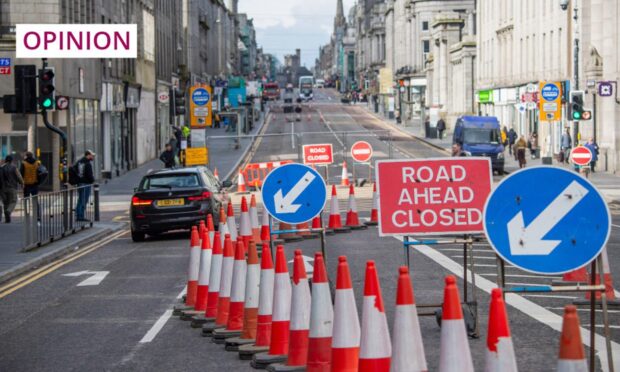
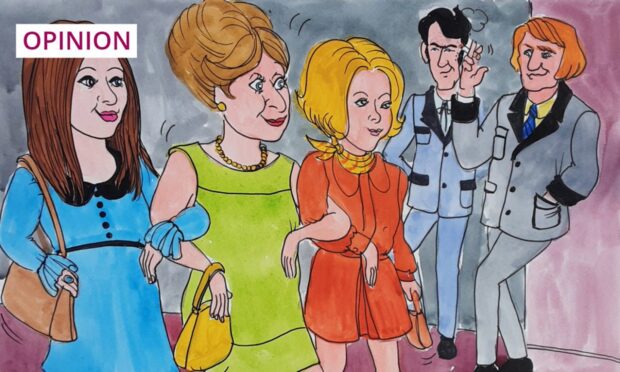
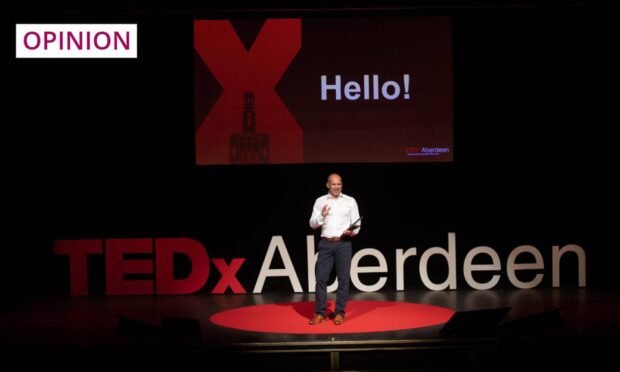
Conversation